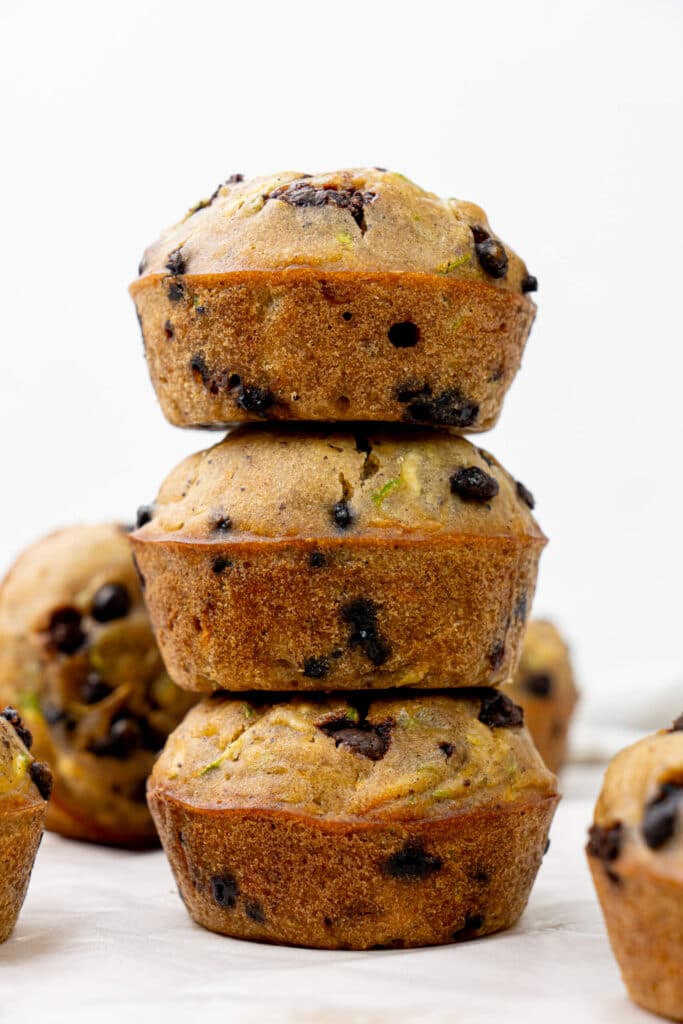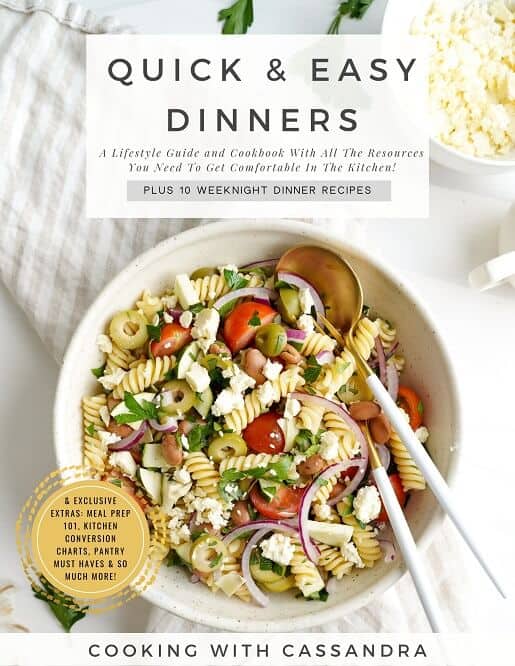When it comes to baking the perfect pie, it all starts with the crust. This All Butter Pie Crust Recipe is my go-to, foolproof recipe that delivers amazing results every time. It’s easy to roll out and creates a flaky, buttery crust that enhances any filling, from sweet apple or pumpkin to savory pot pies. Unsalted butter adds a rich, irresistible taste that shortening or other fats just can’t match. Made with simple ingredients, this crust is a baker’s best friend, whether you’re a beginner or an expert. If the thought of making homemade pie crust feels overwhelming, don’t worry—I’m here to guide you every step of the way. Trust me, if I’ve mastered this, so can you!
Butter vs. Shortening in Pie Crust
The debate between butter and shortening for pie crust has been around for ages, but I’m firmly on team butter—and for good reason.
- Superior Flavor: Butter offers a rich, flavorful crust that shortening just can’t compete with. While shortening may have a higher melting point, butter creates a crust that’s both delicious and satisfying with those buttery, flaky layers we all love.
- Flakier Texture: Thanks to its higher water content, butter produces a flakier crust compared to shortening. As the butter melts, the water in it turns to steam, creating light, flaky layers that result in a slightly puffier and more impressive crust.

Ingredients for the Perfect All Butter Pie Crust
- All-Purpose Flour – The foundation of your crust, all-purpose flour provides structure and works best for this recipe.
- Unsalted Butter – Very cold butter creates the signature flaky, buttery texture in your crust.
- Salt – Enhances the flavor and balances the sweetness of your filling.
- Sugar – Adds a touch of sweetness.
- Cold Water – Keeps the butter cold and helps the dough come together smoothly.
- White Vinegar – The secret ingredient! Its acidity helps create a tender, flaky texture by preventing excessive gluten development. Pro tip: Keep it chilled for the best results.
Step-by-Step Instructions
Step One: Prepare the Water/Vinegar Mixture
- Add an ice cube to a measuring cup, fill with water to the ½ cup mark, and stir in 1 tablespoon of white vinegar. Set aside.

Step Two: Mix the Dry Ingredients and Butter
- In a medium bowl, whisk together the all-purpose flour, salt, and sugar. Pulse in a food processor to blend the cold butter into the flour until the mixture resembles coarse crumbs with pea-sized bits. (Alternatively, use a pastry cutter until you reach the desired consistency.)

Step Three: Add Water and Form the Dough
- Gradually add the ice-cold water mixture, a few tablespoons at a time, to the flour and butter mixture. Toss with a fork until the dough is evenly moist.

- Transfer the dough to a lightly floured surface. Fold it gently into itself until it comes together—avoid overworking to maintain a tender crust.


- Divide the dough in half, shape each portion into a 1-inch thick disc, and wrap tightly in plastic wrap. Chill for at least 2 hours or up to 5 days.


Step Four: Roll Out the Dough
- On a floured surface, roll out one disc of chilled dough to a 12-inch circle. Rotate the dough as needed to maintain even thickness.
- Carefully transfer the dough to a 9-inch pie dish, pressing it in and smoothing out any wrinkles.



Expert Tips for Success
- Keep ingredients cold: Cold butter and water are essential for creating those light, flaky layers.
- Minimize handling: Overworking the dough activates gluten, which can lead to a tough crust. Be gentle!
- Chill the dough: Refrigerating the dough helps relax the gluten and prevents shrinkage while baking.
- Use a food processor for foolproof results: A food processor simplifies mixing and ensures a consistent texture every time.

Frequently Asked Questions
Yes! Wrap each disc in plastic wrap and store in a freezer bag for up to 3 months. Thaw overnight in the refrigerator before using.
Vinegar prevents too much gluten from forming, ensuring a tender, flaky crust.
If your pie dough feels too firm after chilling, it’s likely because the butter has hardened. Let the dough sit at room temperature for 10-20 minutes, or until it softens enough to roll out easily with a rolling pin.
Lightly flour your work surface and roll out a single pie crust into a 12-inch circle. To transfer the dough, gently wrap it around your rolling pin. If the dough starts to stick to the surface, use a spatula or bench scraper to carefully lift it as you roll.
Blind baking, also known as pre-baking or par-baking, involves partially baking your pie crust before adding the filling and finishing it in the oven. For this recipe, I don’t find it necessary to blind bake! This crust bakes beautifully alongside the filling, and my pies always turn out perfectly without the extra step.
Troubleshooting Pie Crust
- Tough Crust: A tough pie crust is often caused by not enough fat or by overworking the dough. Be gentle when mixing and handling the dough to avoid activating too much gluten.
- Not Enough Dough: To ensure you have enough pie dough for overhang and decorative edges, roll it out to a 12-inch circle, approximately 1/8 inch thick.
- Dry or Cracking Dough: If your dough is cracking at the edges while rolling, it may need more moisture. Use enough ice water when preparing the dough. If cracks appear, dip your fingers in ice water, press the edges back together, and let the dough rest for a moment before rolling again.
- Crumbly or Falling Apart Dough: If your dough crumbles as you roll, add both water and flour. Sprinkle a small amount of ice water and flour over the cracks, gently work it into the dough with your fingers, and let it rest briefly before rolling again.

Pie Crust Techniques: Fluting and Lattice Designs
How to Flute a Pie Crust
Fluting a pie crust is a simple way to create a decorative edge. To form a fluted rim, place your thumb and index finger about an inch apart on the outside edge of the crust. Press the dough between them using the index finger of your other hand. Repeat this motion around the entire edge of the crust to create a consistent, fluted design.
What is a Lattice Pie Crust?
A lattice pie crust is a woven design made by layering strips of dough over and under one another, creating a basketweave effect. This decorative style not only adds visual appeal but also serves a practical purpose—the spaces between the strips allow steam to escape during baking. Without these vents, fruit fillings could bubble over and create a mess in your oven.




Variations and Pairings
- Sweet Pies: Pair this crust with classics like apple, pumpkin, or pecan pie.
- Savory Pies: Use for chicken pot pie, quiches, or savory galettes.
- Top Crust Options: The second disc is perfect for lattice or double-crust pies.
Storing and Freezing
- Store unbaked dough: Wrap tightly in plastic wrap and refrigerate for up to 5 days.
- Freeze unbaked dough: Wrap each disc in plastic wrap, then place in a freezer-safe bag. Freeze for up to 3 months. Thaw overnight in the refrigerator before rolling out.
Pre-baked crusts: Store at room temperature for up to 2 days, or freeze for longer storage. Wrap tightly in plastic wrap and thaw before filling.

All Butter Pie Crust Recipe
Ingredients
- 2 ½ cups all-purpose flour
- 1 cup unsalted butter cold, cut into small cubes
- 1 teaspoon salt
- 1 teaspoon granulated white sugar
- ½ cup Cold Water + one ice cube
- 1 tablespoon white vinegar
Instructions
- Prepare the water/vinegar mixture: Add an ice cube to a measuring cup and fill with water up to the ½ cup mark. Stir in 2 teaspoons of white vinegar and set aside.
- Mix the flour and butter: In a medium-sized bowl, whisk together the flour, salt, and sugar until combined. Add the cold, cubed butter and use a pastry cutter to cut the butter into the flour until the mixture resembles large, coarse crumbs with pea-sized bits of butter. Pro Tip: For a quicker option, pulse in a food processor until you reach the desired consistency.
- Add the water: Gradually pour the prepared water/vinegar mixture into the flour and butter mixture, a few tablespoons at a time, tossing with a fork until the dough is evenly moist. Use all the water for the right consistency.
- Gather the dough: Transfer the dough to a lightly floured work surface. Quickly fold the dough into itself with floured hands until the flour is fully incorporated into the fats. Be careful not to overwork the dough.
- Form and divide: Shape the dough into a ball and divide it in half. Flatten each half into a 1-inch thick disc.
- Wrap and chill: Wrap each disc tightly in plastic wrap and refrigerate for at least 2 hours or up to 5 days.
- Roll out the dough: On a floured surface, roll out one disc of chilled dough into a 12-inch circle. Carefully place the dough into a 9-inch pie dish, smoothing it in with your fingers. Proceed and bake according to what your pie recipe calls for.




















These recipes look fabulist. I will use them this weekend.
Hi there! Thank you so much for taking the time to leave a comment. 😊 I’m so happy to hear you’re planning to try this pie crust! It pairs beautifully with my apple pie recipe. If you make it, I’d love to hear how it turns out. Thank you for being here! – Cassandra